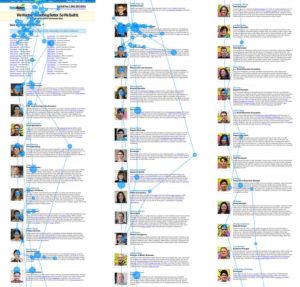Quick Summary: Spam bots don’t always use your frontend checkout page. Many hit the WooCommerce REST API directly, bypassing CAPTCHAs and password protection. The fix is a multi‑layer defence combining Cloudflare, checkout restrictions, rate‑limiting, and anti‑spam tools.Result: Spam orders drop … [Read more...] about Hundreds of Fake Orders Per Day: How I Stopped WooCommerce Spam When Password Protection Failed
Articles
Why is my WordPress website so slow?
Updated: November 2025I'm getting this question more and more lately, so I thought I'd compile here a list with the main issues I find on most client websites. 1. Low-quality hosting service Although shared hosts are appealing due to their low-cost offers, if performance and speed are … [Read more...] about Why is my WordPress website so slow?
Recommendations for Best WordPress Hosting in 2025
There is no one-size-fits-all solution and every host has their ups and downs and pros and cons, so depending on a client's particular needs, I might recommend one host or another. With that in mind, these are the hosts I end up recommending the most to clients (but I do reserve the right to change … [Read more...] about Recommendations for Best WordPress Hosting in 2025
Avoid Generic CTAs
Each CTA (click-to-action) link should be explicit and clearly state what users should expect. When users see a generic CTA like "Learn More" or "Get Started", they expect to find out more about what your product and how it works; they don't expect to be introduced to a purchasing form. A study … [Read more...] about Avoid Generic CTAs
Usability Research: How Users Look at Photos
1. Users ignore stock photos If you've decided to build a new website, you might be tempted to use large, pretty stock photos of happy people either offering your services or receiving them. They look better than the photos you took of your business and cost less that what a professional … [Read more...] about Usability Research: How Users Look at Photos





